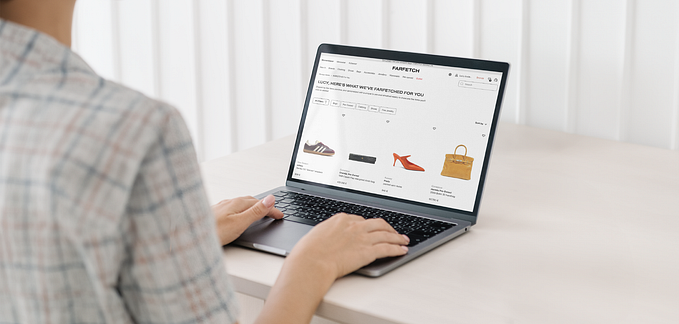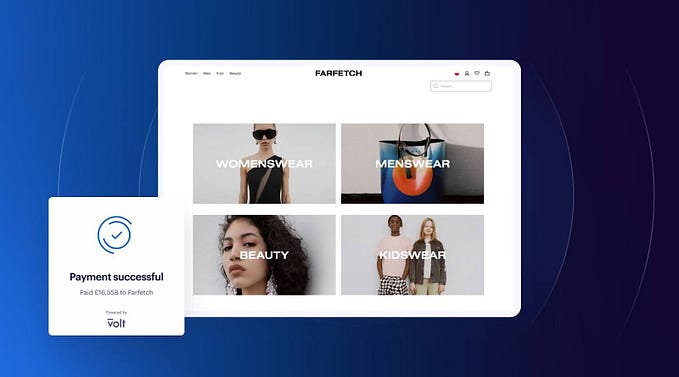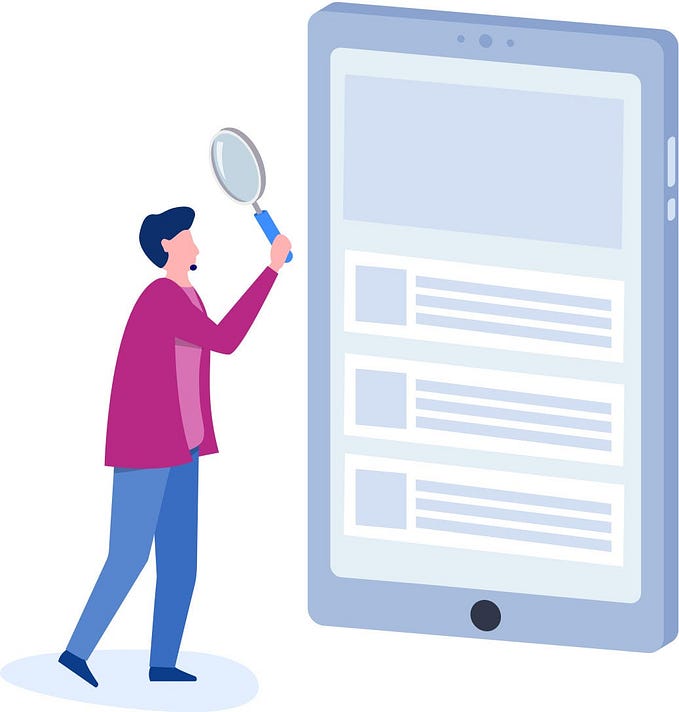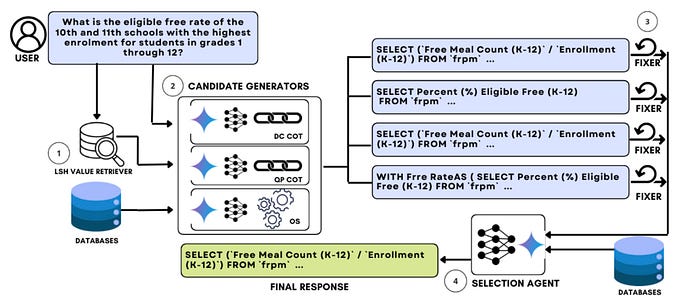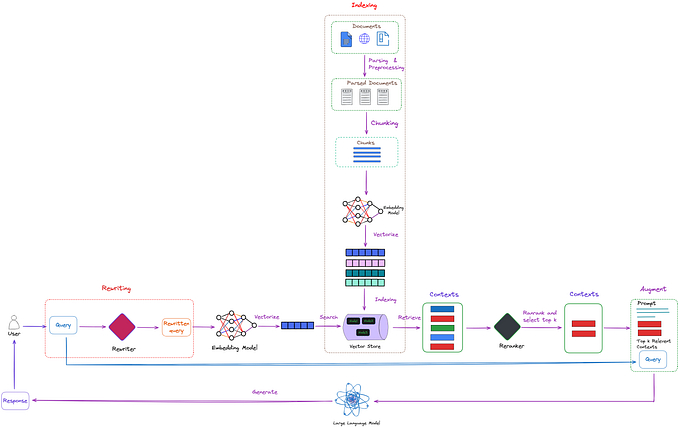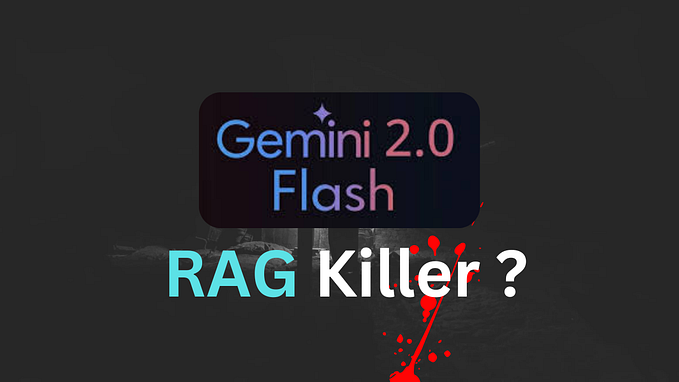How & Why to Sell SaaS on AWS Marketplace
Learn how to successfully sell your SaaS solutions on AWS Marketplace. This guide covers everything from listing your products to understanding marketplace fees, with strategic advice on increasing visibility and driving sales. Also, unlock free access to an exclusive course on mastering Cloud Partnerships and co-selling.

UPDATE: ⭐️Free Course Offer to the Medium Community⭐️: Mastering Cloud Partnerships & Co-Sell
Due to the high demand on learning how to partner with AWS, I have shared my FULL Cloud Partnership Playbook over a comprehensive course. I want to share with the Medium community a free access to the course, click here to get a FREE coupon to the course.This blog post is part of a series that is focused on the benefits AWS Partners can gain from the partnership with AWS.
I started this series with my own partner journey back in the days I was VP Business Development at Epsagon, in order to share my insights around how to become a partner, and how to differentiate your company with AWS programs.
In this blog post, I will discuss what the AWS Marketplace is, what are its benefits and how to create a suitable listing to your product.
AWS Marketplace — WHAT, WHY and HOW
The WHAT — What is the AWS Marketplace
The marketplace is a great medium that AWS partners can use to sell their products. All you need to do in order to list your product in the Marketplace is simply be a Select Partner (first “stage” of AWS partnership. For more info about how to become a Select Partner, see here). Once you have a listing in place, customers can purchase it directly through the Marketplace.
You can use the marketplace for selling Amazon Machine Images (AMI) products as well as Software as a Service (SaaS) products.
AMI products can also be purchased directly from the EC2 console, with no need to open another tab and open the Marketplace page separately. In fact, approximately 70% of the total purchases in the marketplace are performed via the EC2 console and enjoying an easy deployment
Last year I attended one of the AWS Partner Summits and learned that some companies (not too many though) that are using AWS marketplace as their SOLE sales channel.
The WHY — Marketplace Benefits for SaaS Sellers
As we, at Epsagon, provided a SaaS product, I was skeptical at first regarding the value we can get out of the Marketplace. I was wondering what could we gain if our customer cannot purchase our product directly via the EC2 console. After digging a bit deeper and giving it some more thought, I realize that there are actually a few benefits to the marketplace, for SaaS products.
- Visibility and credibility. Whether or not your product is purchased directly on the EC2 console, having your product listing in the Marketplace, add to its creditability and to its public awareness, in my opinion. Especially if you are a startup — the fact that your product is listed means that AWS validated your product.
- Simplified user experience = speed of Business. Through AWS Marketplace your customers can start working with you with no procurement nor onboarding process. They don’t need to onboard you as a new vendor, as this purchase will be as if they purchase directly from AWS. The billing will be consolidated, and you don’t have to worry about the collection. Everything is handled by AWS. In my opinion, this is one of the main benefits of the Marketplace. I had a few discussions with enterprises that said right in the first meeting, that if Epsagon is not listed in the Marketplace, we are looking at 9–12 months of the onboarding process. In fact, thanks to the marketplace, we were able to start working with an enterprise within only one month!
- Customers credits. Customers that purchase products on AWS marketplace may get credits for future purchases! So when customers buy Epsagon’s product, they can get credits for the next purchase.
- Co-sale initiatives. Well if the above benefits weren’t enough, get this — AWS sales teams can increase their quota by 50%(!) if they sale marketplace products.
- Working with Resellers. Once your product is listed, you can partner up with consulting partners for reselling your product.
For us, the above benefits were enough to get to the decision and list our product on the marketplace!

The HOW — How to create a AWS Marketplace Listing
Our partner manager connected me to the relevant marketplace team which helped through the entire process. There is a different process for different types of products. The following refers to SaaS products only, as this is my experience with Epsagon.
These are the steps, as I see it:
- Open an account in AWS Marketplace.
- Pre-requisites: please note that in order to list a product in the marketplace, you need to have US/EU entity AND bank account.
- Once you add detailed information about the entity and the bank account, you will be able to move forward and work on your listing.
2. Create your listing. AWS Marketplace supports two options for purchasing SaaS products. It is important to choose the RIGHT listing because you can’t change it moving forward. If you’d want to change it you will have to do the process all over again and submit a new listing application (like I did…). Here are the two options:
- SaaS Subscriptions — you pay only for what you use each month.
- SaaS Contracts — you pay for your expected usage with monthly, 1, 2, or 3 year terms. As Epsagon’s pricing is based on tiers, I chose SaaS Contracts listing.
3. Fill the listing application and set Self-Serve Pricing
- Documentation — you’ll need to provide some information about your solution and add relevant documentation such as terms of services, etc.
- Self-Serve Pricing — as part of the application, you will need to set your pricing, including measurement units, tiers, and so on. Please note that this pricing will be public and self-serve. If you have a SaaS Contracts listing, you will list your tiers, as available on your website. If you wish to provide a cretin customer with a custom pricing that is different from the public tiers that you listed, you could do that using the Private Offer (for more details see here).
- Usage tracking — you will be the one to track your customers’ usage and change their contract from one tier to another. AWS doesn’t provide that at this stage. This will be part of the technical integration, that I will discuss below.
TIP: make sure to go through a few public listings of other companies in your field of business, to get a better understanding of how a listing page looks.
4. Submitting the application.
- After you submit the application, you will receive an email with your listing page (not public at this point). Once you get this email you can start working on the technical integration.
- Our technical integration was performed by our own Raz Lotan, a senior developer at Epsagon, and it took him about a week. He worked closely with the marketplace technical team that supported him during the integration.
AWS Marketplace Fees
For SaaS-deployed products sold in AWS Marketplace, the listing fee will be based on the value and duration of the subscription. Meaning — if you don’t sell you don’t pay!
The Marketplace fees were heavily reducted in the begining of 2024. If you are looking to sell your software on the AWS Marketplace, the fee reduced to between 1.5% and 3% (depends on the deal size). For transactions with a Total Contract Value (TCV) below $1 million, a fee of 3% applies. For transactions ranging from $1 million to just under $10 million, the fee is 2%. Transactions that are $10 million or more are subject to a 1.5% fee. For more info about AWS Marketplace fees, read the full AWS Marketplace Fees announcement here.
Conclusion
As you know already, I think that an AWS Marketplace is a MUST for AWS Partner. Once you have a public listing, you can add it to your pricing page, so potential customers will know that they can easily purchase your product via the Marketplace and they don’t have to go through the procurement cycle.
In the next post, I will share how we leverage our public listing and support enterprise customers, providing custom pricing.

I provide the Medium community a free access to my Cloud Co-Sell & Marketplaces Playbook. Click here for a free access.


